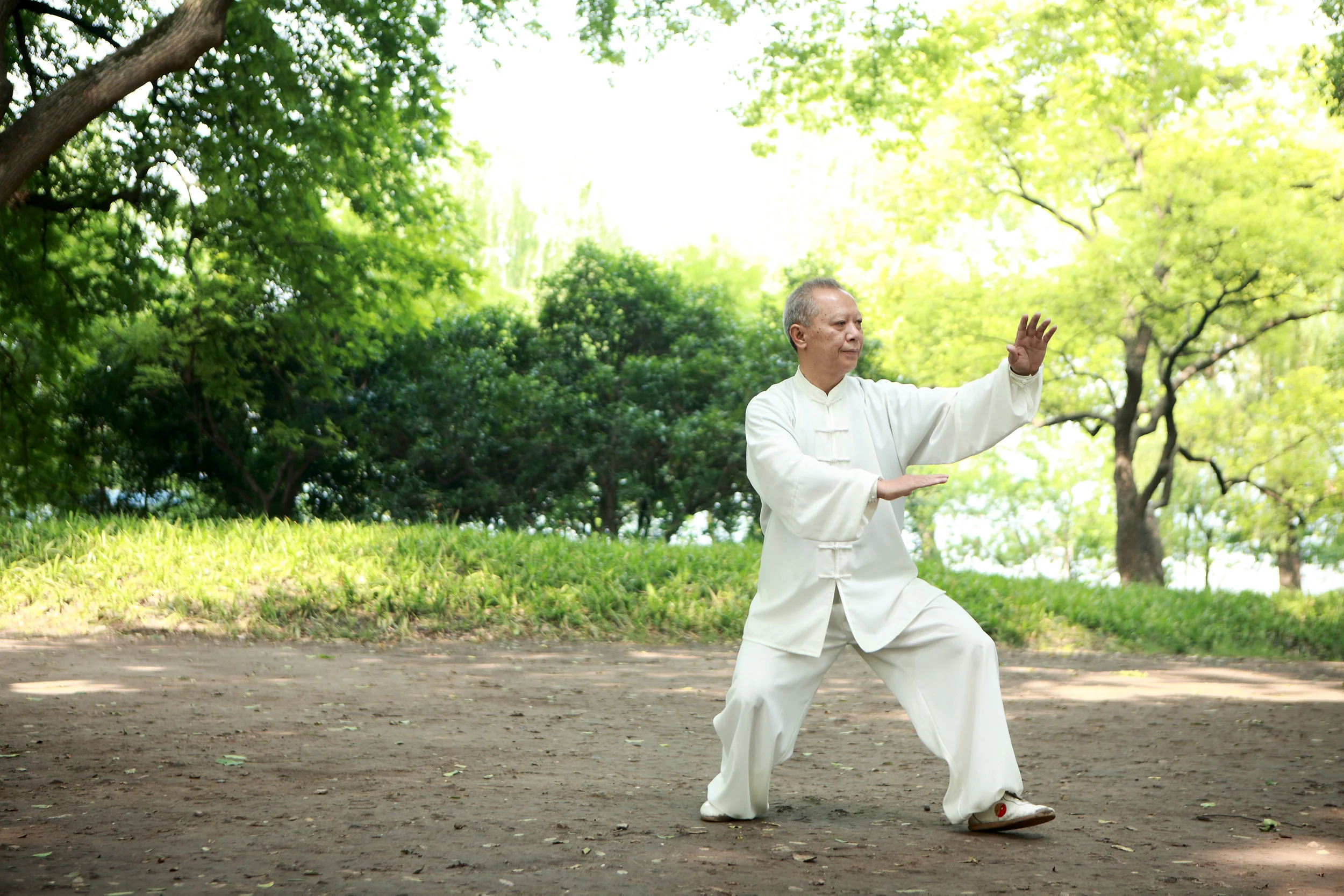keeping it simple
What’s so special about yoga? Nothing really … if the entire pageant of yogic practice across the centuries has any claim to fame it simply rests in being the smartest medicine on the block. Without any doubt, life towers far above, all human understanding—however insightful and well-intentioned. Yoga just addresses a bigger cut of the cosmic pie, so to speak. Health spans all dimensions of our being from the physical through to the spiritual. Yoga provides nifty ways to harmonize aberrant patterns across this spectrum. All other medicines take on a more circumscribed challenge. Some traditional eastern medicines acknowledge and attempt treatment of the more numinous, psychic and spiritual dimensions of human experience but only the advanced practices of yogic and related esoteric systems carry real weight. If you’re looking for real clout to fix your problems then yoga is your pal … your best pal.
There are lots of yoga systems to choose from—Kuṇḍalinī yoga, Rāja yoga, Kriyā yoga, Tibetan Buddhism, Daoism, it's endless. Which ones work best? They all do—within specific contexts. Every yogic tradition aims for spiritual mastery and provides many tools and a defined path toward Light. Yet each comes from a specific cultural milieu and thereby seasons the broth, so to speak. Each tradition, while addressing the entire spiritual path, yet emphasizes certain aspects and marginalizes others. It's natural and no big deal but you need to understand this in order to appreciate what's on tap and what's missing from all the offerings.
All Three
Lakshmi - goddess of wealth and harmony
Using the central channel (sushumna) as a metaphor, one can say that Hindu yoga prefers midline practices (just spark the kuṇḍalinī and be done with it), Tibetan Buddhism encourages more space-oriented approaches (integrating space around the body with techniques such as Big Sky practice) and Daoism holds a middle ground between these two which integrates both aspects (qigong that progressively addresses streams on the body, then flows in near space around the body, then midline flows deep within the body and finally, integration of all these streams with with even larger fields of deep space).
"All three" thus means that an easy-going analog model for nature—but one that carries true clout—can be used to understand just about everything. And here, it depicts these three yogic institutions as exemplars of the model's three phases:
Phase 1 = point (something specific; left-brain concepts; the "what")
Phase 2 = field (a context; right-brain concepts; the "where")
Phase 3 = interaction of point and field (differentiation; integration; whole-brain concepts; emergent properties; the "dance")
Taijitu symbol - light (yang, phase 1), dark (yin, phase 2), the circle surrounding the two parts and the line dividing them (interplay of yin and yang, phase 3)
So, take a guess. Who's who? Phase 1, point, means specific and focused—like the midline. So, Hindu yoga gets the nod. What about phase 2? A field or expanse of space hearkens to the famous Buddhist notion of emptiness (no self = nothing specific). So, Tibetan Buddhism holds sway over this understanding. And phase 3? Why, by process of elimination it must be Daoism. And, in fact, this makes lots of sense. Daoist practice starts with weigong (outer qigong = space just outside the body = a bridge between self and deep space = differentiation between phase 1 and phase 2) and gradually progresses to work with the central channel (neidan), a midline aspect; but, in the end, Daoists aim for integration with the Dao (their version of Tibetan Buddhism's void or emptiness) which requires energy work that integrates the central channel with greater and greater aspects of space, time and dimension (so, an integration of phase 1 and phase 2 = phase 3).
To summarize:
Hindu yoga = phase 1 (emphasis on midline processes; "point")
Tibetan Buddhism = phase 2 (emphasis on space-oriented processes; "field")
Daoist yoga = phase 3 (differentiation and/or integration of point and field processes)
Clearly, all three of these illustrious traditions know the full score and how to achieve true spiritual growth. Yet, they also have specialized their philosophies and spiritual practices along well-defined boundaries. Nothing is better or worse than anything else. A genuine approach—even to just glimpse the foothills of Spirit—requires mastery of all three phases of yogic practice.
all one
Kalu Rinpoche
So, whether you follow Tibetan teachings or mostly utilize Daoist methods or find Hindu yoga more to your liking or take another esoteric path altogether, the end is the same and, really, the path is pretty much the same as well. This notion is not without precedent as many of the most magnificent and gracious spiritual masters have attested to the fundamental commonality of all practical spiritual traditions. For instance, the great Tibetan yoga adept, Kalu Rinpoche, used to advise his staunchly Christian western students just to substitute an appropriate Christian icon in place of the usual Tibetan one taught for certain meditations. Thus, a western monk might be doing a Tibetan visualization practice but be imagining Christ in place of Avalokiteśvara. The same idea holds here for you. If you have another tradition, please accept my apology but you can just substitute your own set of deities, liturgy and rituals as appropriate. The principles advanced on these pages reign supreme and apply across all yoga and metaphysical traditions. The implementation of these principles resides in cultural baggage and can be interchanged with minimal effect.
“We must know the ten doors through which the winds can enter the central channel … It is most important to be very accurate when penetrating these points.”

